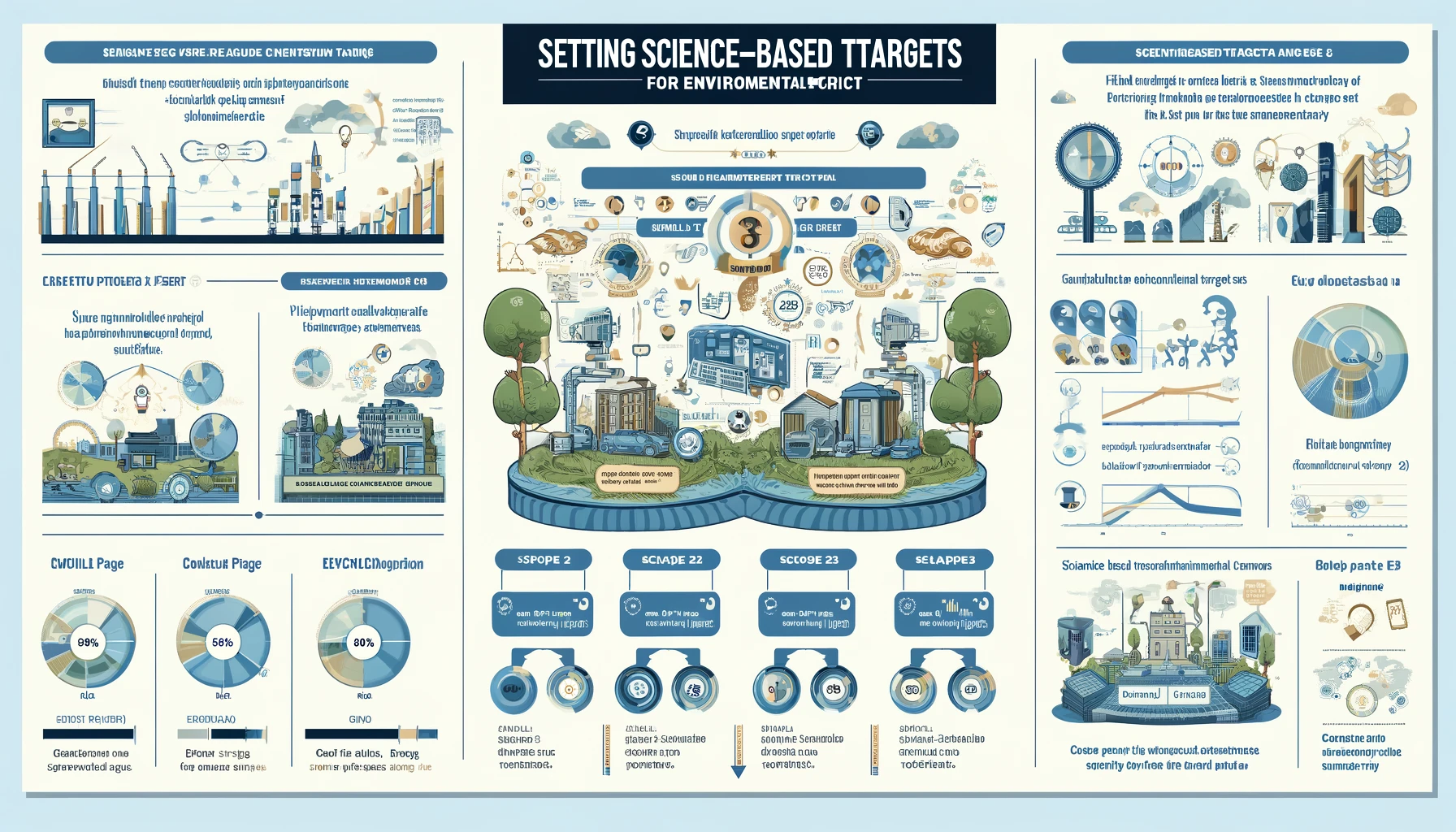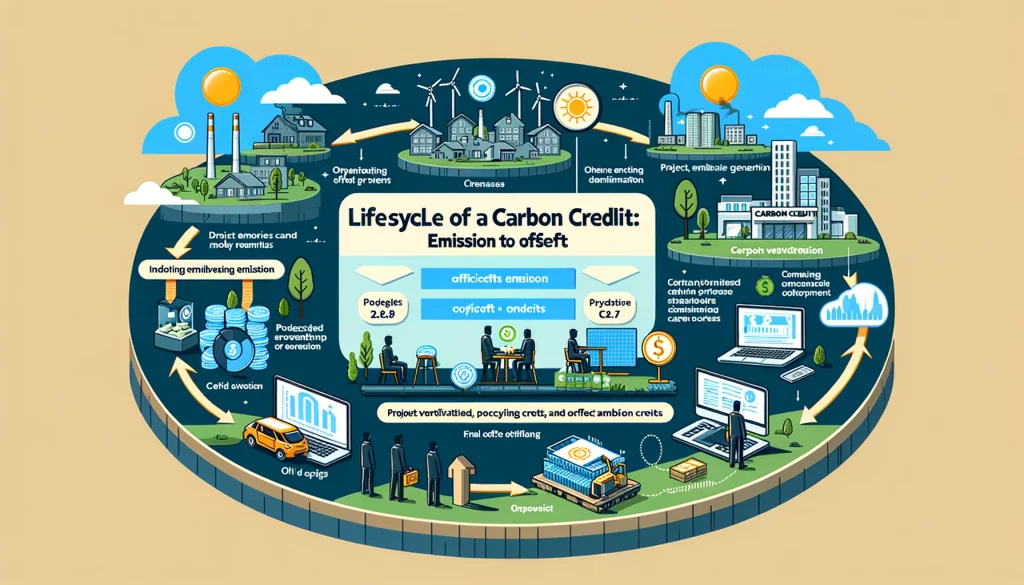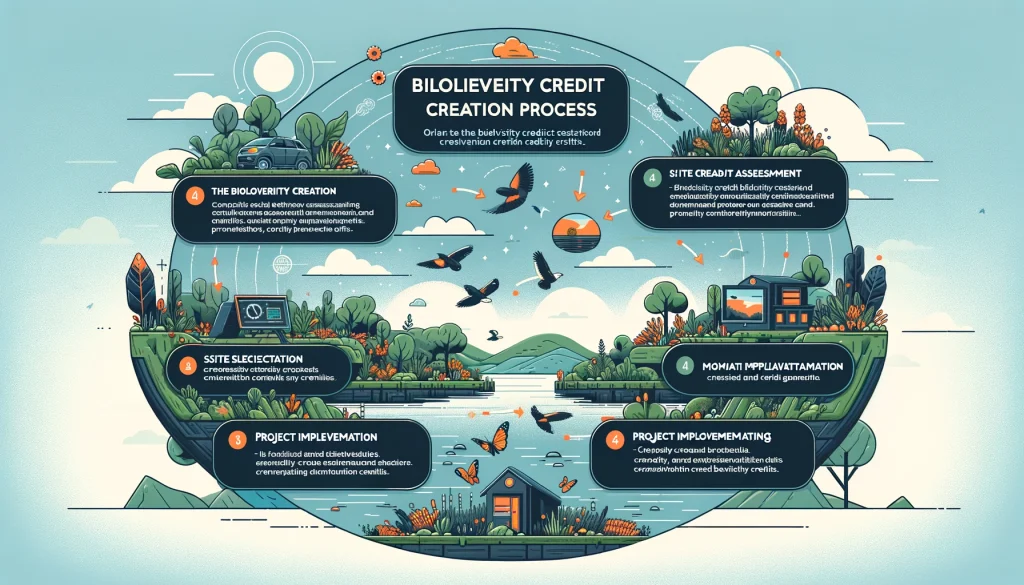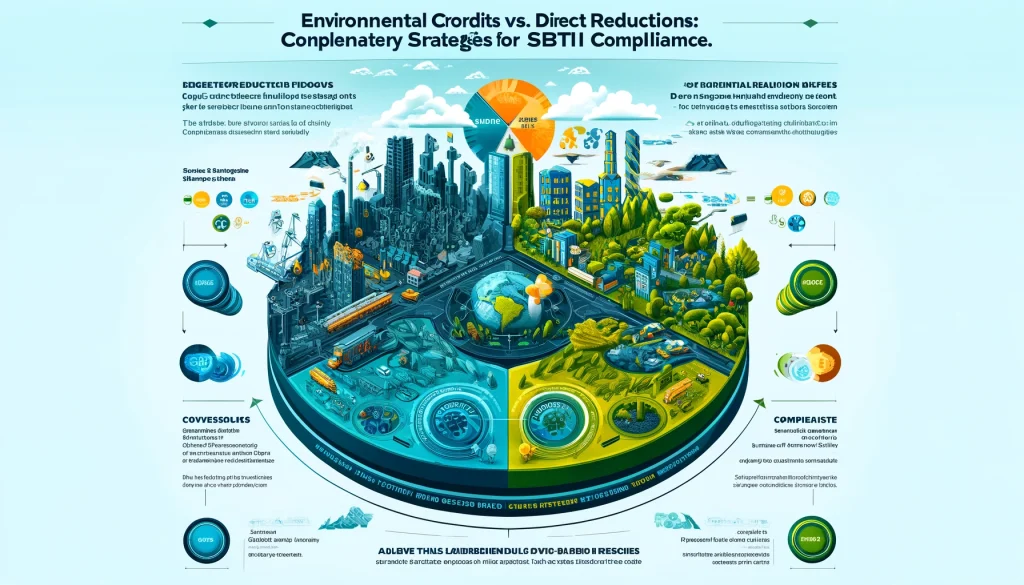
Learn why aligning your carbon credit strategy with Science-Based Targets (SBTi) isn’t just good for the planet—it’s also a strategic business move. Discover how setting science-based targets for your environmental credit initiatives can enhance your organization’s sustainability credentials, ensure long-term viability, and demonstrate leadership in climate action.
What Are Science-Based Targets?
Science-Based Targets provide a clear pathway for companies to reduce greenhouse gas (GHG) emissions, helping prevent the worst impacts of climate change and future-proof business growth. SBTi defines and promotes best practices in emissions reductions and net-zero targets in line with climate science.
Why Science-Based Targets Matter:
- Alignment with Global Goals: Ensures your environmental credit strategy contributes effectively to the global effort to limit warming to well below 2°C above pre-industrial levels.
- Business Resilience: Aligning with SBTi can drive innovation, reduce regulatory uncertainty, strengthen investor confidence, and improve profitability and competitiveness.
- Stakeholder Trust: Demonstrates your commitment to real, impactful environmental action, enhancing brand reputation and stakeholder trust.
How to Set Science-Based Targets:
- Commit: Publicly commit to setting a science-based emission reduction target.
- Develop: Identify current emissions, outline potential reduction pathways, and set a target in line with SBTi criteria.
- Submit: Present your target to the SBTi for validation.
- Implement: Integrate the target into your environmental strategy, taking concrete steps to achieve it.
- Disclose: Regularly report progress against your target to maintain transparency and accountability.
Integrating SBTi with Environmental Credits:
Utilizing high-quality environmental credits can be part of a science-based target strategy, especially for addressing residual emissions and accelerating immediate climate action beyond direct emission reductions.
Case Studies:
Explore real-world examples of companies that have successfully integrated science-based targets into their environmental credit strategies, highlighting the benefits and challenges faced.
Quiz: Is Your Strategy Aligned with Science-Based Targets?
Engage with our interactive quiz to evaluate how well your current environmental credit strategy aligns with science-based targets and discover steps to enhance alignment.
Next Steps:
Guidance on beginning your journey toward setting and achieving science-based targets for your environmental credits, including resources and tools available through the SBTi and partner organizations.
Call to Action:
Start aligning your environmental credit strategy with the latest climate science today. Commit to setting science-based targets and take a decisive step toward sustainable, impactful environmental stewardship.
For an enhanced version of Subpage 2 titled “The Science Behind Environmental Credits,” let’s enrich the content to more effectively connect the scientific foundations of environmental credits with their strategic importance in achieving science-based sustainability targets. We’ll aim for a deeper educational impact by integrating more nuanced explanations, compelling visuals, and engaging interactive elements to captivate and inform the audience.
Subpage 2: The Science Behind Environmental Credits: A Deeper Dive
Title: Navigating the Science of Sustainability: The Integral Role of Environmental Credits
Introduction
Unlock the scientific mechanisms that make environmental credits a cornerstone of strategic sustainability. This exploration goes beyond the basics, delving into the intricate relationships between carbon accounting, biodiversity assessments, and the achievement of science-based targets (SBTi). Discover how these credits are not just transactions but investments in our planet’s future.
Advanced Carbon Accounting
- In-Depth Exploration: Expound on the principles of carbon accounting, emphasizing its role in measuring, managing, and mitigating greenhouse gas emissions.
- Link to Carbon Credits: Illuminate how carbon credits function within the carbon accounting framework, offering a mechanism for offsetting unavoidable emissions by supporting external environmental projects.
Biodiversity Assessments Unpacked
- Comprehensive Overview: Dive deeper into biodiversity assessments, detailing methodologies used to quantify the conservation value of projects and their ecosystems.
- From Assessments to Credits: Clarify the process of translating biodiversity assessment outcomes into tradable biodiversity credits, emphasizing their contribution to conserving the planet’s biological diversity.
Synergizing Environmental Credits with SBTi
- Strategic Alignment: Elaborate on how the strategic use of environmental credits supports the fulfillment of SBTi goals, bridging the gap between operational emissions reductions and broader ecological impacts.
- Success Stories: Present detailed case studies of businesses and projects where environmental credits have been pivotal in meeting science-based sustainability objectives, highlighting both the challenges overcome and the benefits realized.
Visual Enhancements
- Interactive Diagram: “The Lifecycle of a Carbon Credit: From Emission to Offset,” an interactive journey showing the path from emission generation to offsetting via carbon credits.
- Animated Infographic: “The Biodiversity Credit Creation Process,” illustrating the steps from initial biodiversity assessment through to the issuance and sale of credits.
- Comparative Visualization: “Environmental Credits vs. Direct Reductions: Complementary Strategies for SBTi Compliance,” contrasting the roles and synergies between direct emissions reduction efforts and the use of environmental credits.
Deep Dive: The Importance of Quality and Integrity
Focus on the critical aspects of quality and integrity in environmental credits, discussing the mechanisms in place to ensure these credits genuinely contribute to environmental and climate goals. Explore the importance of rigorous verification and standards in maintaining the credibility and effectiveness of these instruments.
Interactive Element
- Interactive Learning Module: “Mastering the Science of Environmental Credits,” an engaging module that walks users through the scientific and strategic facets of environmental credits, featuring quizzes, animations, and real-world problem-solving scenarios.
Conclusion
Environmental credits, rooted in solid scientific principles, offer a powerful tool for organizations to extend their sustainability impact. By understanding the intricate science behind these credits, businesses can make informed decisions that align with both their environmental goals and science-based targets, driving meaningful change in the global sustainability landscape.


